Lydia Vladimirovna Litvyak also known as Lilya, was a fighter pilot in the Soviet air Force during World War II. Historians’ estimates for her total solo victories from five to twelve, and two to four shared kills in her 66 combat sorties. In about two years of operations, she was the first female fighter pilot to shoot down an enemy aircraft, and among the first two female fighter pilots who have earned the title of fighter ace and the holder of the record for the greatest number of kills by a female fighter pilot. She was herself shot down near Orel during the Battle of Kursk as she attacked a formation of German aircraft.

Early Years – Harsh Reality
Lydia Litvyak was born in Moscow, on 18 August 1921, into a Russian Jewish family. Her mother Anna Vasilievna Litvyak was a shop assistant, her father Vladimir Leontievich Litvyak worked as a railway man, train driver and clerk. During the “Great Purge” or the “Great Terror”, a campaign of political repression which occurred from 1936 to 1938, he was arrested as an “enemy of the people” and disappeared. Raised at the outset of one of the most exciting era of aviation, the roaring 20’s, Lydia grew up reading about aviation, and watching military pilots practice nearby. Lydia became interested in aviation at an early age. At 14, she enrolled in a flying club. She performed her first solo flight at 15, and later graduated at Kherson military flying school. She became a flight instructor at Kalinin aero club. By the time the German-Soviet war broke out, she had already trained 45 pilots.

Women’s Regiment
After the Germany attacked the Soviet Union in June 1941, Litvyak tried to join a military aviation unit, but was turned down because of lack of experience. After deliberately exaggerating her pre-war flight time by 100 hours, she joined the all-female 586th Fighter Aviation Regiment of the Air Defense Force, which was formed by Marina Raskova. According to some stories, Marina Raskova, a famous Soviet navigator, used her personal connections with Joseph Stalin to found the three first combat regiments for female pilots. Thanks to Raskova, by the time Lydia made it past the disapproving recruiters and red tape, she was able to join the all-female 586th Fighter Regiment. She trained there on the Yakovlev Yak-1 aircraft. What the Axis powers were not expecting were the 800,000 Russian women who volunteered for front-line action. Among these women was Lydia Litvyak who would become the holder of the greatest number of kills by a female fighter pilot.

Marina Mikhaylovna Raskova
Marina Raskova was the first woman in the USSR to achieve the diploma of professional air navigator. Raskova went from a young woman with aspirations of becoming an opera singer to a military instructor, the first female navigator in the Soviet Union. She was navigator to many record-setting as well as record-breaking flights, as well as founding and commanding officer of the 587th Dive Bomber Regiment which was renamed the 125th M.M. Raskova Borisov Guards Dive Bomber Regiment in her honor. Raskova became one of over 800,000 women in the military service, founding three female air regiments, one of which was would eventually fly over 30,000 sorties in WW II and produce at least 30 Heroes of the Soviet Union.

Assigned to Men’s regiment
Litvyak flew her first combat flights in the summer of 1942 over Saratov. In September, she was assigned to the 437 Fighter Regiment, a men’s regiment fighting over Stalingrad. On 10 September she moved along with Yekaterina Budanova, and two other women pilots, and accompanying female ground crew, to the regiment airfield, at Verkhnaia Akhtuba, on the east bank of the Volga river, near Volgograd. But when they arrived the base was empty and under attack. They were then moved to Srednaia Akhtuba. Here, flying a Yak-1, Cowl number “32” on the fuselage, she would achieve considerable success. Boris Yeremin (later Lt General of aviation), then a regimental commander in the division to which she and another female pilot Budanova were assigned, saw her as “a very aggressive person” and “a born fighter pilot”.
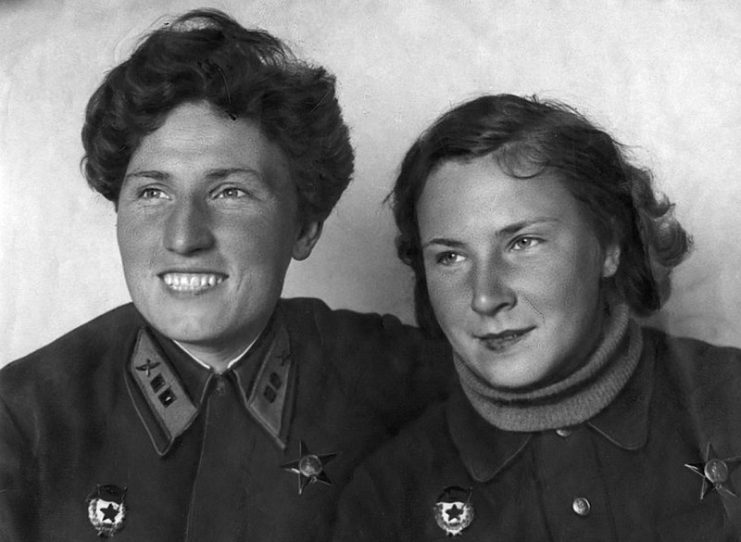
World War II – First Women to Score Aerial Victory
In the 437th Fighter Regiment, Litvyak scored her first two kills on 13 September, three days after her arrival and on her third mission to cover Stalingrad, becoming the first woman fighter pilot to shoot down an enemy aircraft. That day, four Yak-1s, with Major S. Danilov in the lead—attacked a formation of Junkers Ju 88s escorted by Messerschmitt Bf 109s. Her first kill was a Ju 88 which fell in flames from the sky after she fired several bursts. Then she shot down a Bf 109 G-2 “Gustav” on the tail of her squadron commander, Raisa Beliaeva. The Bf 109 was piloted by a decorated pilot from the 4th Air Fleet, and an 11-victory ace, Staff Sergeant Erwin Maier of the 2nd Staffel of JG 53. Maier parachuted from his aircraft, was captured by Soviet troops, and made to meet the Russian ace who had shot him down. When he was taken to Litvyak, he thought he was being made the butt of a Soviet joke. It was not until Litvyak described each manouvre of the fight to him in perfect detail that he knew he had been shot down by a woman pilot. But according to some other authors, the first air victory by a female pilot was achieved by Lieutenant Valeriya Khomyakova of the 586th Regiment when she shot down the Ju 88 flown by Oblt. Gerhard Maak of 7./KG76 on the night of 24 September 1942.
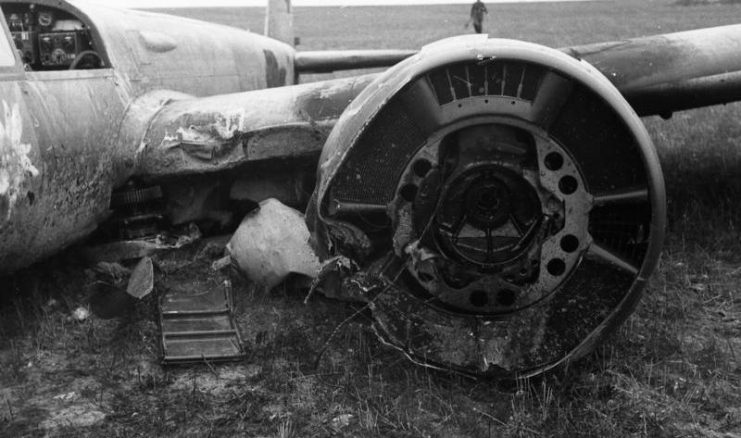
Shoots a Knight’s Cross Holder
On 14 September, Litvyak shot down another Bf 109. Her victim was probably Knight’s Cross holder and “71 kill ace” Lt. Hans Fuss (Adj.II./JG-3), injured in aerial combat with a Yak-1 on 14 September 1942 in Stalingrad area, when his G-2 fuel tank was hit, his plane somersaulted during the landing when he ran out of fuel flying back to base. He was critically injured, lost one leg and died of his wounds 10 November 1942. On 27 September, Litvyak scored an air victory against a Ju 88, the gunner having shot up the regiment commander, Major M.S. Khovostnikov. Possibly Ju 88A-4 “5K + LH” of Iron Cross holder Oblt. Johann Wiesniewski, 2./KG 3, MIA with all crew members. Some historians credit it as her first kill.
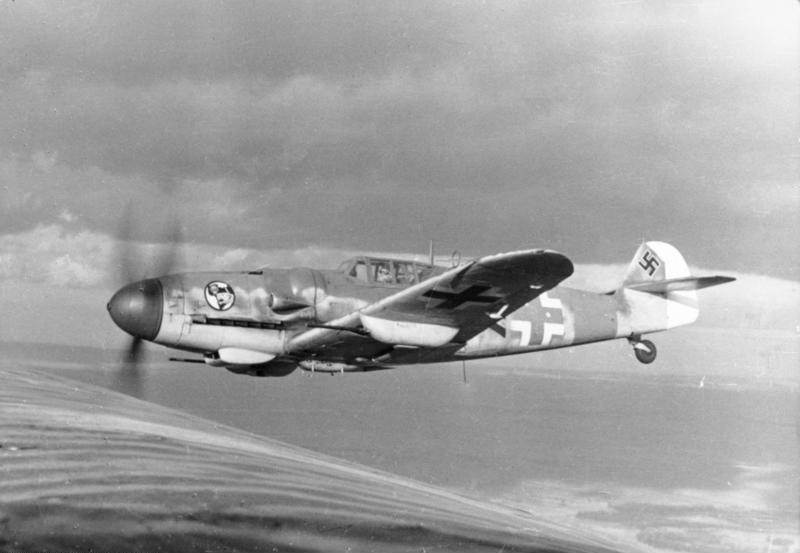
Change of Unit To Stay on Yak-1s
Female pilots Litvyak, Beliaeva, Budanova and Kuznetsova stayed in the 437th Regiment for a short time only, mainly because it was equipped with LaGG 3s (Lavochkin-Gorbunov-Gudkov) rather than Yak-1s, that the women were trained on. So the four women were moved to the 9th Guards Fighter Regiment. From October 1942 till January 1943, Litvyak and Budanova served, still in the Stalingrad area, with this famous unit, commanded by Lev Shestakov, Hero of the Soviet Union.

Lev Lvovich Shestakov
Lev Shestakov was a Soviet military aviator and the Red Air Force’s leading ace in the Spanish war. Flying Polikarpov I-16s he claimed eight solo victories and 31 collaborative (shared) victories gained in 90 sorties during the Spanish Civil War. Shestakov joined 69th Fighter Aviation Regiment in September 1939, and was at the time one of the most famous Soviet aces. His unit operated in the Odessa front. He became the Regiment Leader on 16 July 1941. During the battle for Odessa 69th Fighter Aviation Regiment pilots achieved 94 air victories. The losses inflicted on the Romanian Air Force above Odessa in 1941 by Shestakov’s fighter pilots compelled the Romanian High Command to withdraw its entire air force from the Eastern Front. At the end of 1941 69th Fighter Aviation Regiment received the LaGG-3 to replace the outdated I-16 and relocated to the Stalingrad area. Shestakov eventually flew more than 200 missions during the war, took part in 32 aerial combats and was credited with 26 kills before being killed in action on 13 March 1944. His 26 victories in WW II raised his career total to 65, including shared. His decorations included Hero of the Soviet Union, and Order of Lenin, among others.

The Free Hunter Concept
In January 1943, the 9th was re-equipped with the Bell P-39 Airacobras and Litvyak and Budanova were moved to the 296th Fighter Regiment (later redesignated as the 73rd Guards Fighter Aviation Regiment) of Nikolai Baranov, of the 8th Air Army, so that they could still fly the Yaks. On February 23, she was awarded the Order of the Red Star, and made a junior lieutenant, and selected to take part in the elite air tactic called “okhotniki’ (free hunter), where pairs of experienced pilots searched for targets on their own initiative. Twice, she was forced to land due to battle damage.

Wounded For the First Time
On 22 March she was wounded for the first time. That day she was flying as part of a group of six Yak fighters when they attacked a dozen Ju 88s. Litvyak shot down one of the bombers but was in turn attacked and wounded by the escorting Bf 109s. She managed to shoot down a Messerschmitt and to return to her airfield and land her plane, but was in severe pain and losing blood. Later you recovered.
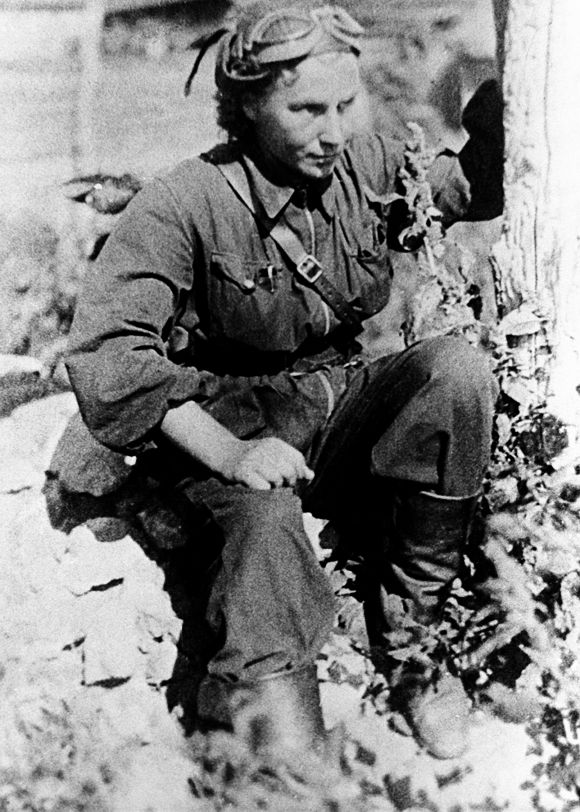
In Love With Her Leader
While in 73rd Regiment, she often flew as wingman of Captain Aleksey Solomatin, a flying ace with a claimed total of 39 victories (22 shared). On May 21, while training a new flyer, Solomatin was killed in front of the entire regiment in Pavlonka when he flew into the ground. Litvyak was devastated by the crash and wrote a letter to her mother describing how she realized only after Solomatin’s death that she had loved him. Senior Sergeant Inna Pasportnikova, Litvyak’s mechanic during the time she flew with the men’s regiment, reported in 1990 that after Solomatin’s death, Litvyak wanted nothing but to fly combat missions, and she fought angrily and desperately.
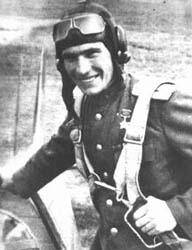
Shooting a Manned Observation Balloon
Litvyak scored against a difficult target on 31 May 1943, a manned German artillery observation balloon. German artillery used the balloons as observation post for guiding artillery. Shooting the balloons had been attempted by other Soviet airmen but all had failed due a dense protective belt of anti-aircraft fire defending the balloon. Litvyak volunteered to take out the balloon but was not allowed initially. She insisted and described her tactics to the commander. She would attack it from the rear after flying in a wide circle around the perimeter of the battleground and over German-held territory. The tactic worked. the hydrogen-filled balloon caught fire under her stream of tracer bullets and was destroyed.

Flight Commander and Lots More Action
On 13 June1943, Litvyak was appointed flight commander of the 3rd Aviation Squadron within 73rd Guards Fighter Aviation Regiment. Litvyak made an additional kill on 16 July 1943. That day, six Yaks encountered 30 German Ju 88 bombers with six escorts. The female ace downed a bomber and shared a victory with a comrade, but her fighter was hit and she had to make a belly landing. She was wounded again but refused to take medical leave. She shot down one Bf 109 on 19 July 1943, probably 6-kill ace Uffz. Helmuth Schirra, 4./JG-3 (MIA, Luhansk area). Another Bf 109 kill followed two days later on 21 July 1943, possibly Bf 109G-6 of Iron Cross holder and 28-kill experte Lt. Hermann Schuster 4./JG-3(KIA, near Pervomaysk, Luhansk area).

Last mission
On August 1, 1943, Litvyak did not come back to her base at Krasnvy Luch. It was her fourth sortie of the day, escorting a flight of Ilyushin Il-2 ground-attack aircraft. As the formation was returning to base near Orel, a pair of Bf 109 fighters dove on Litvyak while she was attacking a large group of German bombers. Soviet pilot Ivan Borisenko recalled, “Lily just didn’t see the Messerschmitt 109s flying cover for the German bombers. A pair of them dove on her and when she did see them she turned to meet them. Then they all disappeared behind a cloud.” Borisenko, involved in the dogfight, saw her the last time, through a gap in the clouds, her Yak-1 pouring smoke and pursued by as many as eight Bf 109s. Borisenko descended to see if he could find her. No parachute was seen, and no explosion. She never returned from the mission. Litvyak was just 21 years old. Soviet authorities suspected that she might have been captured, a possibility that prevented them from awarding her the title of Hero of the Soviet Union.

Who Shot Her
Two German pilots are believed to have shot down Litvyak. Iron Cross holder and 30-kill experte Fw Hans-Jorg Merkle, or Knight’s Cross holder and future 99-kill experte Lt Hans Schleef. Merkle is the only pilot that claimed a Yak-1 near Dmitryevka on 1 August 1943, his 30th victory. Dmitrijewka is where she was last seen and was reportedly buried. This occurred before being rammed and killed by his own victim. Luftwaffe combat report of collision: 3 km east of Dmitrievka. While Schleef claimed a LaGG-3, often confused in combat with Yak-1s by German pilots, kill on the same day, in the South-Ukraine area where Litvyak’s aircraft was at last found.

Search and Recognition
In an attempt to prove that Litvyak had not been taken captive, Pasportnikova embarked on a 36-year search for the Yakovlev Yak-1 crash site assisted by the public and the media. For three years she was joined by relatives who together combed the most likely areas with a metal detector. In 1979, after uncovering more than 90 other crash sites, 30 aircraft and many lost pilots killed in action, “the searchers discovered that an unidentified woman pilot had been buried in the village of Dmitrievka, Shakhterski district. It was then assumed that it was Litvyak and that she had been killed in action after sustaining a mortal head wound. Pasportnikova said that a special commission was formed to inspect the exhumed body and it concluded the remains were those of Litvyak. On 6 May 1990, USSR President Mikhail Gorbachev posthumously awarded her the title Hero of the Soviet Union. Her final rank was senior lieutenant, as documented in all Moscow newspapers of that date.
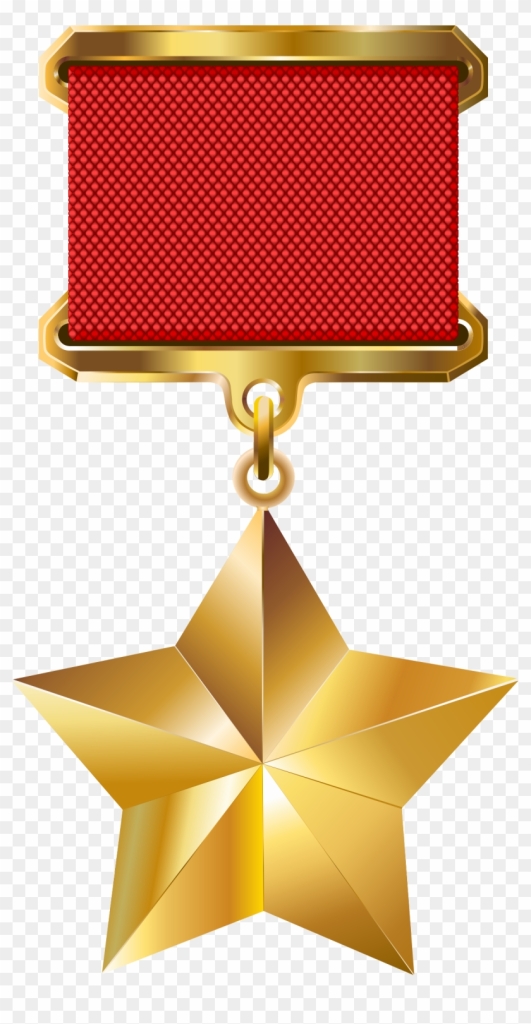
Death controversy
There is still some dispute about the official version of Litvyak’s death. Yekaterina Valentina Vaschenko, the curator of the Litvyak museum in Krasnyi Luch has stated that the body was disinterred and examined by forensic specialists, who determined that it was indeed Litvyak. However Kazimiera Janina Cottam claims, on the basis of evidence provided by Yekaterina Polunina, chief mechanic and archivist of the 586th Fighter Regiment in which Litvyak initially served, that the body was never exhumed and that verification was limited to comparison of a number of reports. Cottam, an author and researcher focusing on Soviet women in the military, concludes that Litvyak made a belly-landing in her stricken aircraft, was captured and taken to a prison of war camp. In her book published in 2004, Polunina lists evidence that led her to conclude that Litvyak was pulled from the downed aircraft by German troops and held prisoner for some time.
Gian Piero Milanetti, author of a recent book about Soviet aviatrixes, wrote that an airwoman parachuted in the approximate location of the alleged crash landing of Litvyak’s aircraft. No other Soviet airwomen operated in that area, so Milanetti believes the pilot was Litvyak, probably captured by the enemy. Russian aviation historian, Anatoly Plyac, former KGB major, told Milanetti: “Litvyak survived and was taken prisoner. A television broadcast from Switzerland was seen in 2000 by Raspopova, a veteran of the women’s night bomber regiment. It featured a former Soviet woman fighter pilot who Raspopova thought may have been Litvyak. This veteran was wounded twice. Married outside of the Soviet Union, she had three children. Raspopova promptly told Polunina what she inferred from the Swiss broadcast.
Russian Blondes
Famously called the “Beautiful and Lethal” Lidya Litvyak and Roza Shanina. Roza was a Soviet sniper during World War II who was credited with fifty-nine confirmed kills. Shanina volunteered for the military after the death of her brother in 1941 and chose to be a marksman on the front line. Praised for her shooting accuracy, Shanina was capable of precisely hitting enemy personnel and making doublets (two target hits by two rounds fired in quick succession).
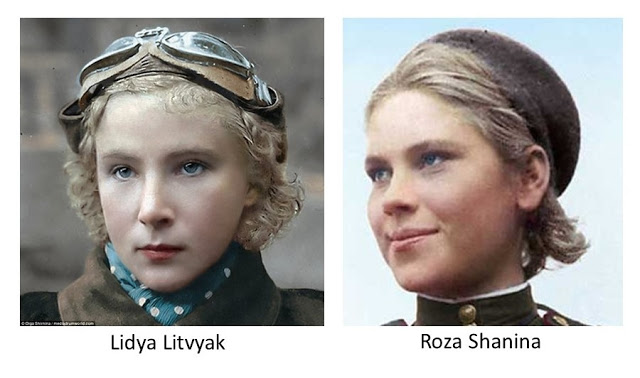
Number of Kills and Awards
There is no consensus among historians about the number of aerial victories scored by Litvyak. Russian historians Andrey Simonov and Svetlana Chudinova were able to confirm five solo and three team shoot-downs of enemy aircraft plus the destruction of the air balloon with archival documents. Various other tallies are attributed to her, including eleven solo and three shared plus the balloon, as well as eight individual and four team. Anne Noggle credits her with twelve individual and two team shoot-downs, Pasportnikova stated in 1990 that the tally was eleven solo kills plus the balloon, and an additional three shared. Polunina has written that the kills of famous Soviet pilots, including those of Litvyak and Budanova, were often inflated; and that Litvyak should be credited with five solo aircraft kills and two group kills, including the observation balloon. What comes out clear is that she had between 5 and 12 kills. Litvyak was awarded the Order of the Red banner, Order of the Red Star, and was twice honored with the Order of the Patriotic War. She was posthumously awarded the title Hero of the Soviet Union.

Strong Character Yet believed in Luck
Litvyak displayed a rebellious and romantic character. Returning from a successful mission, she would “buzz” the aerodrome and then indulge in unauthorised aerobatics, knowing that it enraged her commander. Litvyak could also be superstitious. Paspotnikova testified, “She never believed that she was invincible. She believed that some pilots had luck on their side and others didn’t. She firmly believed that, if you survived the first missions, the more you flew and the more experience you got your chances of making it would increase. But you had to have luck on your side”.
Femininity and Fashion
Despite the predominantly male environment in which she found herself, she never renounced her femininity, and would carry on dyeing her hair blonde, sending her friend Inna Pasportnikova to the hospital to fetch hydrogen peroxide for her. She would fashion scarves from parachute material, dyeing the small pieces in different colors and stitching them together and would not hide her love of flowers, which she picked at every available occasion, favoring red roses. She would make bouquets and keep them in the cockpit, which were promptly discarded by the male pilots who shared her aircraft.
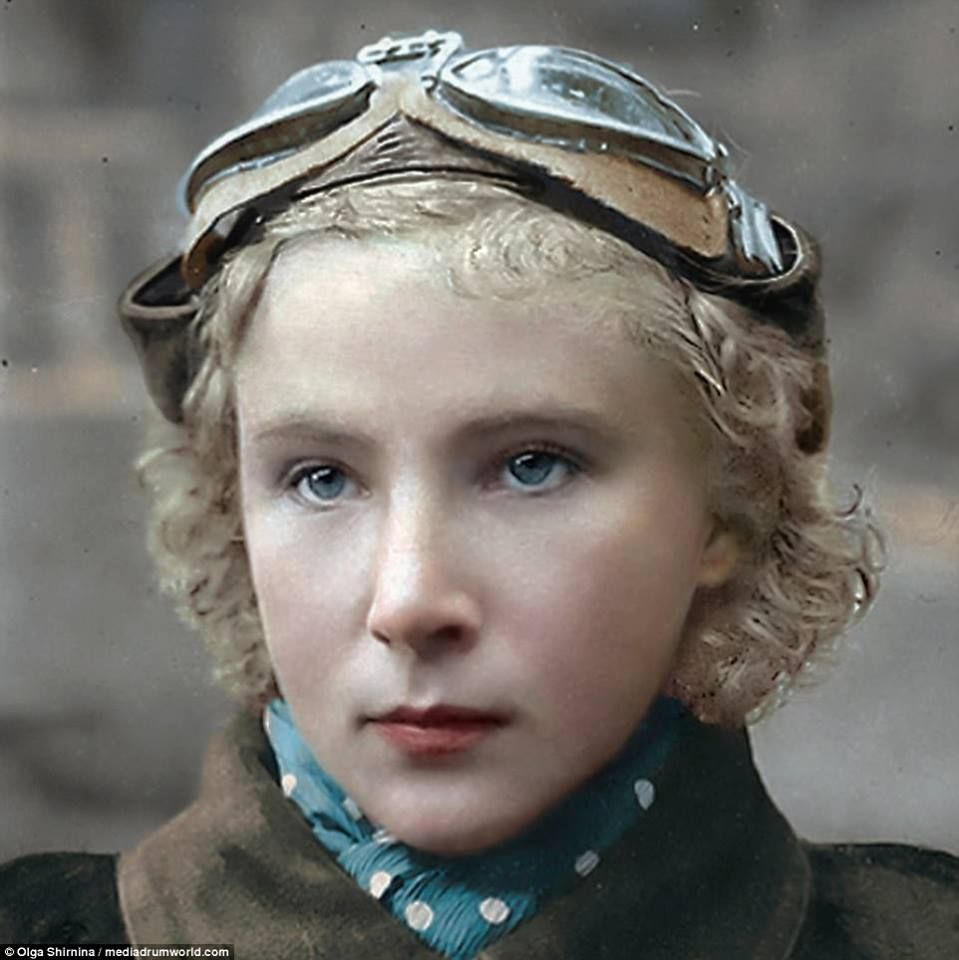
Fiancé and Love
Her comrade Solomatin is believed to have been her fiancé, and after his death, she wrote to her mother, “You see, he was not my type, but his insistence and his love for me convinced me to love him…..and now, it seems I will never meet someone like him ever again”. The novel Vernis iz Poleta (“Return from Flight”) by Natalya Kravtsova fictionalizes the death of Solomatin, stating that he was killed when he ran out of ammunition while battling with a German Bf 109 fighter plane over his own airfield. In this version, Litvyak and others at the airfield watched the fight and witnessed his death.
White Lily and Red Rose
Litvyak was called the “White Lily of Stalingrad” in Soviet press releases. The white lily flower may be translated from Russian as Madonna lily. She has also been called the “White Rose of Stalingrad” in Europe and North America since reports of her exploits were first published in English.

Dramatization and Books “Call Sign, White Lily”
Litvyak is the major character in Mary Ann Cook’s romanticized novel The White Rose, a fictional account of her wartime experiences. A heavily fictionalized Litvyak (called Natasha in the book) is the main character of Belinda Alexandra’s novel “Sapphire Skies”. Perhaps the most detailed work of literary fiction about Litvyak, her life, times and loves, was written by an American, M.G. Crisci, with no Russian ancestry, in cooperation with Valentina Vaschenko, the curator of the Lilya Litvyak Museum and School in Krasny Luch, Eastern Ukraine. The book entitled “Call Sign, White Lily,” also contains never-before-seen photographs contributed by the museum. Litvyak posed as a model for Sanya V. Litvyak, a character in Strike Witches. In Zap Comix (February 1985), graphic artist Spain Rodriguez dramatizes the fighter pilot’s story in a ten-page narrative, “Lily Litvak, the Rose of Stalingrad.” The work is also included in Rodriguez’s 1995 Fantagraphics Books anthology, “My True Story.” On March 22, 2019, director Andrei Chaliop announced a film about Lydia Litvyak to be filmed in conjunction with director Kim Druzhinin and produced by the 28 Panfilov studio. In July 2019 the Israeli Metal Band Desert Released a song named “Fortune favors the brave” about Lilly and her bravery in their album with the same nam.

Stage play
The play “White Rose” by Scottish playwright Peter Arnott portrays Litvyak’s imagined political thoughts, with her character discussing war and Soviet women’s resistance against Nazism. It was first performed on 22 May 1985 at the Edinburgh Festival. There has been a production at the Tron Theatre in Glasgow in February–March 2013.
Picture Credit: warhistoryonline.com


I am a fan of all history. I admire,strength. Most American history tought is very pro american,glossing over most others.
LikeLike
I think that every country writes more glowingly for their own heros, but there are enough genuine historians who always balance facts and put things in correct perspective.
LikeLike